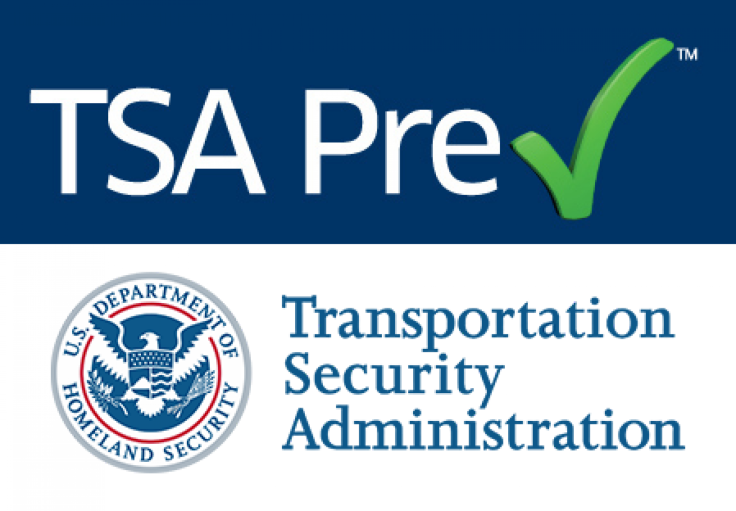TSA Lets You Become a Trusted Traveler For $85: Expands PreCheck Program To All Americans Later This Year

Want to get through the Transportation Security Administration, TSA, airport screenings with less of a hassle? That will cost you $85 along with your identification and fingerprints.
The TSA announced on Friday, July 19, that it is expanding their TSA PreCheck, a program that travelers can enroll in to expedite security screenings. Previously, travelers interested in expedited screening had to be a part of an airline’s frequent flyer programs or use the Customs and Border Protection’s, or CBP’s, Global Entry, NEXUS and SENTRI programs.
Unlike the standard screening process, citizens approved for the program, while traveling through TSA PreCheck screening points, will be able to keep on their shoes, belt and light outerwear, keep their laptop in its case and keep TSA-approved liquid and gel containers in a carry-on bag.
According to the TSA, the TSA PreCheck program has been in place at 40 airports with previous methods. Starting fall 2013, travelers will be able to enroll in the program at Washington Dulles International Airport and Indiana International Airport.
The expansion of the TSA PreCheck program will allow U.S. citizens to apply for the program online, and complete their application in person at the aforementioned sites. The application process includes a background check, fingerprinting and an enrollment fee of $85 for the membership, which will last five years. According to the TSA, travelers will be provided a Known Traveler Number, or KTN, which will enable them to go through the TSA PreCheck expedited screening.
The TSA was established in November 2001 as part of the Aviation and Transportation Security Act, which passed by the U.S. Congress in response to the terrorist attacks of Sept. 11, 2001. Since 2002, the TSA’s annual budget has ballooned from the $725 million private security at airports before Sept. 11 to $7.91 billion in 2013. Since that time, the TSA has greatly expanded their scope, which now includes the use of Visible Intermodal Prevention and response, or VIPR, teams at alternative modes of transportation, including railroad stations, bus station, ferries, tunnels, ports, subways, truck weigh stations and special events.
While the TSA does manage to catch many prohibited items, which are sometimes discussed on its blog, the administration has been scrutinized multiple times for the effectiveness of their screening process, which can include an “enhanced” pat-down, a procedure that has attracted much controversy since its implementation.
Do you think the $85 is worth the convenience at the airport? Let us know in the comments.
© Copyright IBTimes 2024. All rights reserved.












